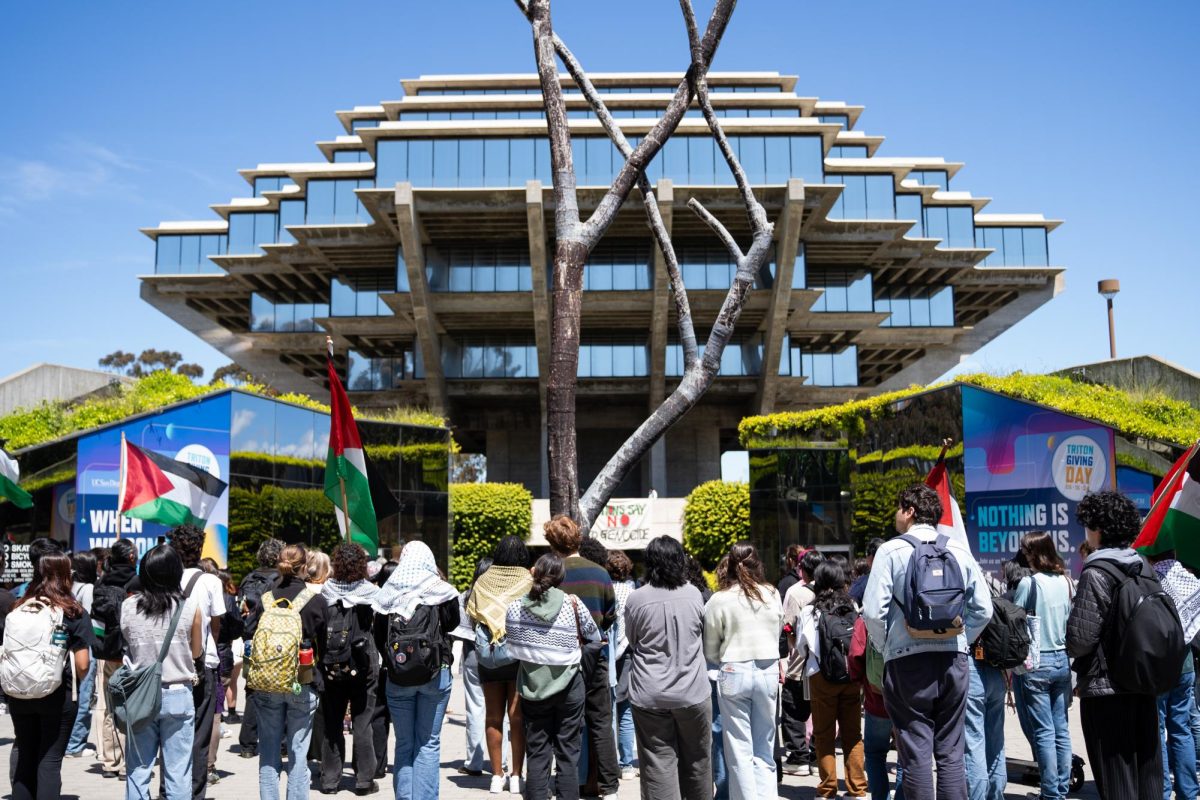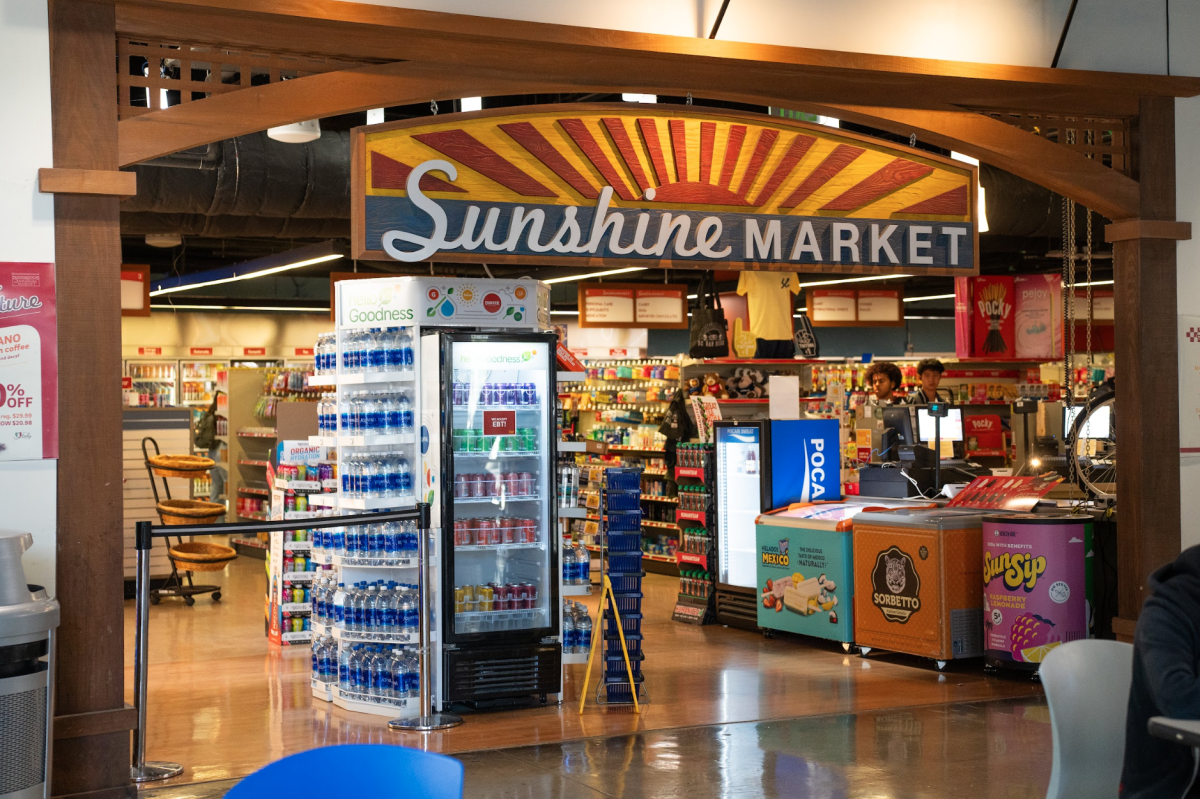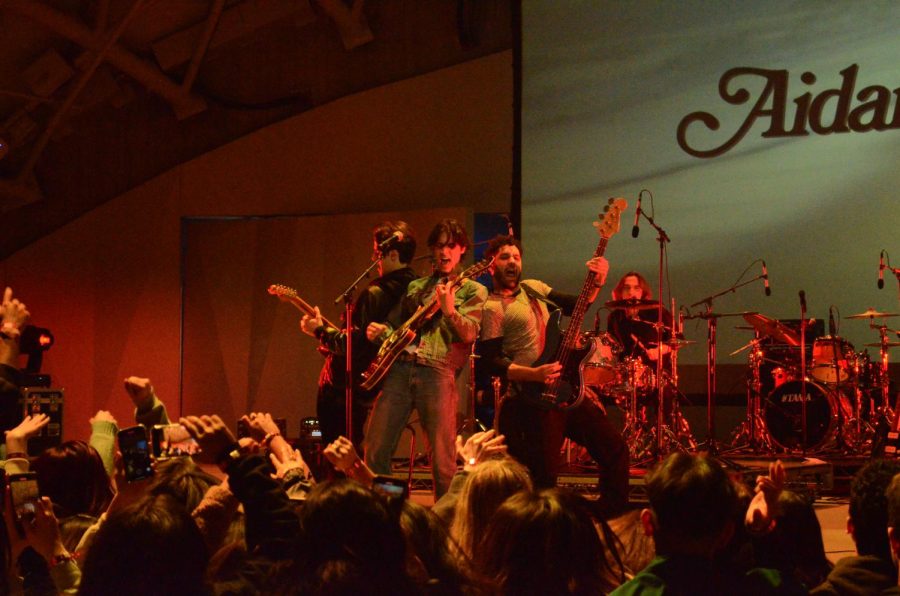Back in elementary school, the cafeteria table was a bastion of diversity and culture. California rolls had an equal trade value with Gushers, and Indian cream of wheat went for a baloney sandwich. Stories of grandparents from the old country were traded along with baklava.
International House has taken their cafeteria tables and turned them into an exchange similar to those of elementary school, where students can bond through culture and language over food. It’s like the Breakfast Club, but without the explicit drug use.
The program is called Language Conversation Tables. They take place in Cafe Ventanas in Eleanor Roosevelt College, and their premise is simple and effective. Fluent speakers of a language lead tables where participants can discuss food, politics, music or current events to help sharpen their language skills. While strengthening their conjugations and syntax, students also strengthen communities and increase cultural understanding.
The most remarkable part is the openness of the program. Anyone — including UCSD faculty, staff and members of the community can come and join a table without signing up or knowing anyone there. The linguistics department, especially language instructors, encourage their students to participate no matter what their level of experience. “The environment is informal,” said Mulloy Morrow, a senior in Sixth College. “New people usually come up and just listen for a while, but once it starts people get comfortable and start talking.”
“[Language tables show] the diversity at UCSD,” International House Director Emily Maxon told Alumni Magazine. “The languages represented are incredible; there’s Catalan, Bosnian, the types of languages that you can’t learn in the classroom.”
Languages you can learn in a UCSD classroom are also well-represented: Spanish, Italian, Japanese, French and ASL all have tables. They are often preceded or followed, however, by tables in languages that are spoken by millions of people but which Americans often have little contact with: languages like Punjabi, Urdu and Romanian. And the number of languages represented is growing each year.
The plethora of languages matches the impressive selection of food in the cafeteria. The tables represent 20 languages, far surpassing the number of languages offered through formal classes. Don’t be intimidated, either, by flashbacks to high school language classes and chart after chart of verb tenses. International House has put away the flash cards and replaced them with casual conversation. There are no stern professors demanding the meaning of obscure words here, just students with delicious accents offering a friendly lesson.
Karen Uy, a host for the Filipino language table, told Alumni Magazine, “I consider the conversation table a place where I can get in touch with my Filipino culture through its language and people.”







